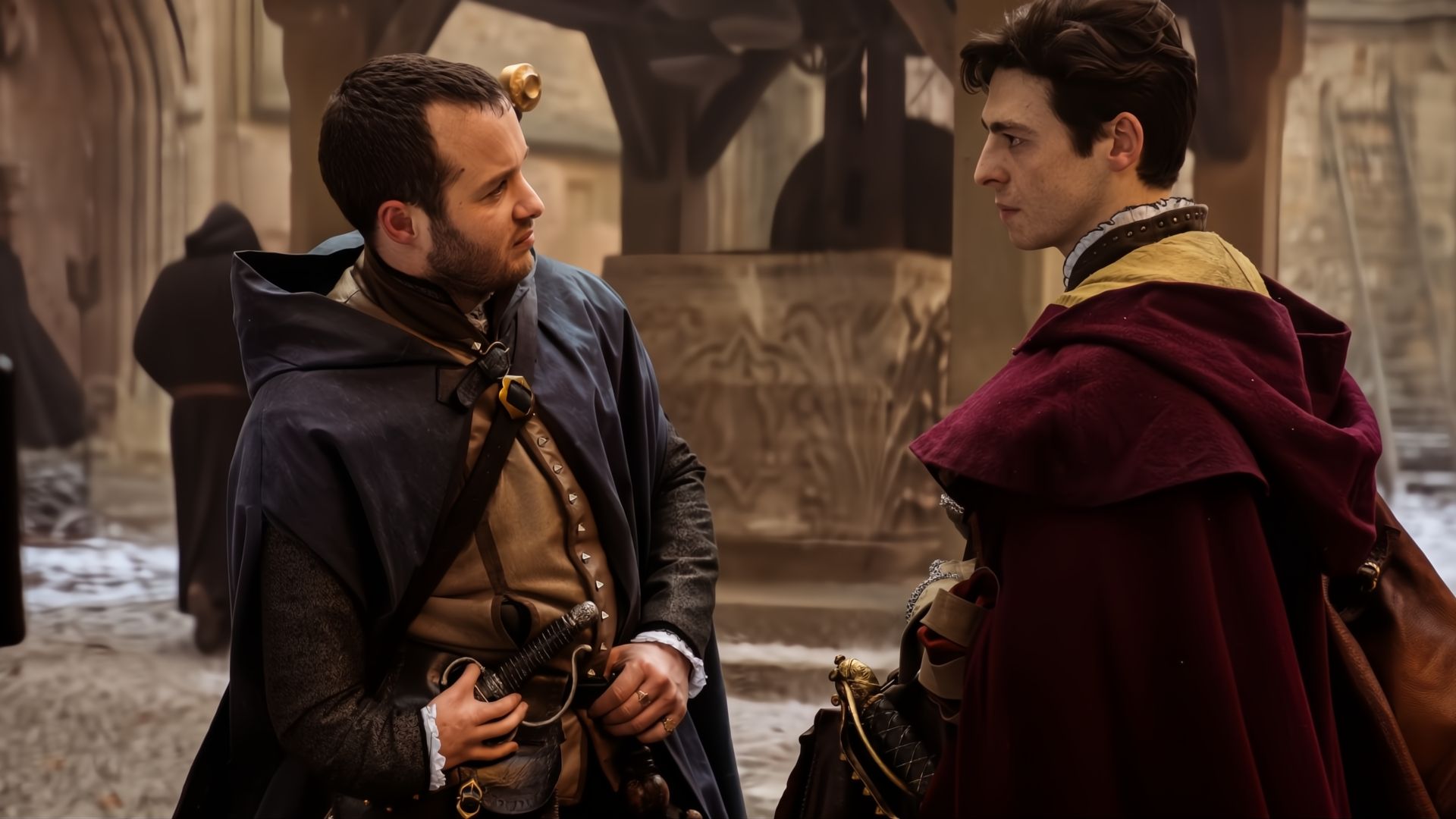Summary
- Hollywood is making strides for inclusivity, but mental health and disabled representation in movies and TV remains lacking.
- 66% of participants in a recent study expressed dissatisfaction with current disability and mental health portrayals on-screen.
- Authentic representation has a positive impact, with 40% likely to recommend films or shows accurately reflecting disabilities.
Hollywood is pushing for more inclusive movies and working environments, but one demographic still feels vastly under-represented in modern movies and TV shows. Cultural, ethnic, sexual, and gendered diversity has been on the rise in movies and TV over the last decade as part of a push from filmmakers, actors, crews, and audiences for more equal representation behind and in front of the camera. However, mental health and disabled representation on-screen still has a long way to go. New research conducted by the Inevitable Foundation surveyed 1,000 people about disability representation and mental health in TV and in movies, and the results were disappointing.
Of the 1,000 participants (with and without disabilities), 66% felt “unsatisfied with the current representations of disability and mental health in film and TV.” The study also looked at the positive impact of including realistic representation of mental health and disability in shows and movies, as 40% of participants said they were “very likely” to recommend a movie or show which accurately reflected disability and mental health to friends and family.

Related
Rudy Mancuso and Camila Mendes Talk Música, Representation, and Inspiration
Camila Mendes and Rudy Mancuso chatted with us on inspiration, representation, and the making of their film, Música.
The study also tracked the viewing habits of its participants. The results found that 35% of people with disabilities watched more than 20 hours of television per week, compared to 25% of audiences without disabilities. The study also concluded that 20% of all audience demographics said they would go to the theaters or subscribe to a new streaming service if they included “authentic representations of people with disabilities and mental health conditions.”
In a statement following the findings, Saga Darnell, Head of Research and Public Affairs at the Inevitable Foundation said:
“The findings from the Greenlight Disability Report are clear that all audiences – disabled and non-disabled people – are very unsatisfied with the film and television options available to them when it comes to disability representation.
By investing in authentic disabled storytelling and ensuring multi-dimensional portrayals of characters with disabilities and mental health conditions, entertainment industry leaders have an opportunity to increase audience satisfaction, foster trust and tap into an underutilized market segment.”
Why Representation Is So Important in Film & TV
The idea of representation and inclusivity being regarded as a positive shouldn’t have to be defended. Sadly though, in the age of social media, ‘representation’ has become a buzzword that a certain section of the fandom have latched on to, crying in outrage whenever a new show or movie proudly displays its inclusivity. Unfortunately, across the industry, racist and sexist abuse has been leveled at everyone from the actors involved with new Star Wars projects, to those appearing in major theater productions.

Related
Shardlake Stars Arthur Hughes & Anthony Boyle on Historical Dramas and Disability Representation
The dynamic duo unpacks their new historical mystery drama, Shardlake, and how the Hulu series handles the depiction of disabilities.
But representation isn’t just a buzzword that studios use to market their projects to the so-called ‘woke’ demographic. Authentic, genuine representation is a vital part of filmmaking, because movies and shows reflect humanity and tell intimate personal stories. For years, the same section of society have seen themselves represented on-screen over and over, across a wide range of genres. The 21st century has seen monumental changes occur as studios strive to build more diverse teams of creatives and actors to work on new projects. As a result, new audience demographics can finally see themselves represented and portrayed on screen, accurately and authentically. Though in some areas, there is clearly still a lot of work left to do.
